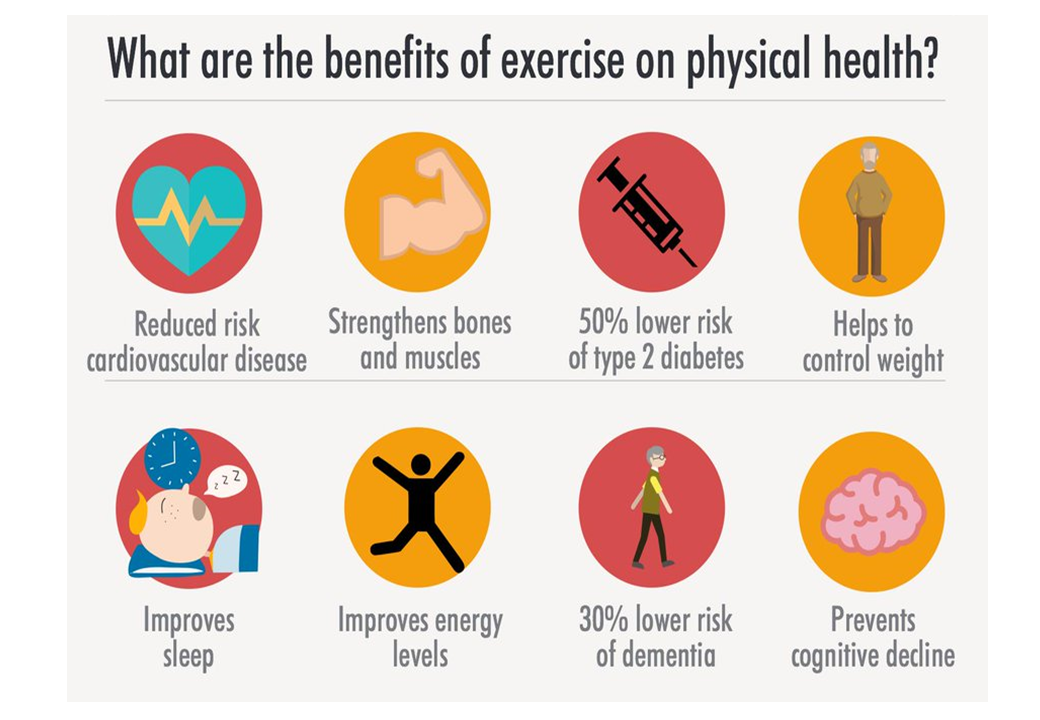
By eliminating high-calorie foods, a gluten-free diet can help you lose weight. The diet does not just eliminate gluten. It also requires that you read labels on food, which can help you develop healthy eating habits. A healthy diet that encourages informed eating has been proven to be beneficial for your health. Be sure to weigh your meals carefully in order not to gain unwanted weight. Keep in mind, however, that gluten-free eating is possible.
Weight loss is one key benefit of a gluten-free lifestyle. This type of diet not only helps you lose weight, it also helps you build muscle. The diet should not be considered a substitute for exercise as it can cause an increase in appetite. It can also cause heart disease, cancer, arthritis, and other serious health problems. It is therefore essential to consult with your physician before trying a gluten-free diet. These guidelines will help you understand this diet.

A gluten-free diet is a great way to lose weight and not eat less calories. This diet is simpler than you think. You can make gluten-free meals by substituting pasta for vegetables, making homemade pizza crusts with cauliflower, and cooking your own soup with rice. A great resource to help you create new and delicious recipes is a gluten-free cookbook. A registered dietitian will help you select the best supplements.
Although a gluten-free diet might not suit everyone, if you are able to stick with it for the long-term, it can make all the difference. While using certified baking ingredients in baked goods can help reduce calories, it is still a good idea to choose nutrient dense foods if you are trying to lose weight. Don't worry! There's a solution. You can find gluten-free foods with high nutritional content and little to no gluten.
It is important to be aware of the possible risks associated with a glutenfree diet. This diet can cause drastic fluctuations in blood sugar which can lead overeating or obesity. Gluten-free eating can improve the nutritional content of your food, and help you lose weight. This diet will help you get on track. When you're eating a gluten-free menu, you'll need to eat a lot of high-fiber foods, such as almonds, brown rice, and quinoa.

You don't have to avoid gluten. There are many options available that are free of gluten. There are many choices: chicken, pork or beef, fish, and dairy. Additionally, you can add dietary supplements that contain the amino acids you need to lose weight. A doctor should be consulted if you have any food allergies.
FAQ
What is the difference of fat and sugar?
Fat is an energy source that comes directly from food. Sugar is a sweet, naturally occurring substance in fruits and vegetables. Both fats, as well sugars, provide the same number calories. But fats are twice as calories as sugars.
The body stores fats and they can lead to obesity. They cause cholesterol buildup in arteries which may lead to heart attacks and strokes.
Sugars are quickly absorbed and provide instant energy. This causes blood glucose levels in the body to rise. High blood glucose levels are dangerous as it can increase the likelihood of developing type 2 diabetes.
How can I live my best life everyday?
To live a happy life, the first step is to discover what makes you happy. You can then work backwards once you know what makes YOU happy. Asking others about their lives can help you to see how they live the best life possible.
You can also check out books like "How to Live Your Best Life" from Dr. Wayne Dyer. He speaks about happiness and fulfillment in all areas of life.
How to measure body weight?
A Body Fat Analyzer will give you the most accurate measurement of body fat. These devices measure the body fat percentage in people who wish to lose weight.
Statistics
- This article received 11 testimonials and 86% of readers who voted found it helpful, earning it our reader-approved status. (wikihow.com)
- According to the 2020 Dietary Guidelines for Americans, a balanced diet high in fruits and vegetables, lean protein, low-fat dairy and whole grains is needed for optimal energy. (mayoclinichealthsystem.org)
- Extra virgin olive oil may benefit heart health, as people who consume it have a lower risk for dying from heart attacks and strokes according to some evidence (57Trusted Source (healthline.com)
- WHO recommends reducing saturated fats to less than 10% of total energy intake; reducing trans-fats to less than 1% of total energy intake; and replacing both saturated fats and trans-fats to unsaturated fats. (who.int)
External Links
How To
What does the "vitamins” word mean?
Vitamins are organic compounds naturally found in food. Vitamins help us absorb nutrients from foods we eat. Vitamins cannot be produced by the body. They must be acquired from food.
There are two types vitamins: water soluble or fat soluble. Water-soluble vitamins dissolve readily in water. These include vitamin C (thiamine), Vitamin B1 (riboflavin), Vitamin B2 (riboflavin), Vitamin B3 (niacin), Vitamin B6 (pyridoxine), Vitamin C, B1 (thiamine), Vitamin B2 (riboflavin), Vitamin B3 (niacin), and Vitamin B6 (pyridoxine). Fat-soluble vitamins can be stored in the liver or in fatty tissue. Vitamin D, E, K and A are some examples.
Vitamins can be classified according to biological activity. There are eight major categories of vitamins.
-
A - Vital for normal growth and maintaining good health.
-
C - essential for nerve function and energy generation.
-
D - essential for healthy bones, teeth, and gums.
-
E is necessary for good vision, reproduction.
-
K - essential for healthy muscles, nerves, and bones.
-
P - Essential for strong bones and teeth.
-
Q - Aids digestion and iron absorption
-
R - Red blood cells are made from red blood cells.
The recommended daily allowance of vitamins (RDA), varies according to age, gender, physical condition, and other factors. The U.S. Food and Drug Administration has established the RDA values.
For adults over 19, the RDA for vitaminA is 400 micrograms per daily. Because it is essential for the development of the fetus, pregnant women should consume 600 micrograms per daily. Children ages 1-8 require 900 micrograms per day. Infants below one year old require 700mg per day. But, between 9 months to 12 months, the amount drops to 500mg per day.
Children aged between 1-18 years require 800 micrograms of sugar per day, while overweight children need 1000 micrograms. Children who are underweight receive 1200 micrograms every day to meet their nutritional requirements.
Children between 4 and 8 years old with anemia will need 2200 micrograms daily of vitamin C.
2000 micrograms are required daily for good health in adults over 50. Women who are pregnant or breastfeeding need 3000 micrograms per day due to increased nutrient requirements.
Adults over 70 years of age need 1500 micrograms per day since they lose about 10% of their muscle mass each decade.
Women who are pregnant and lactating need more nutrients than the RDA. Pregnant women require 4000 micrograms daily during pregnancy, and 2500 micrograms every day after birth. Breastfeeding moms need 5000 micrograms each day when breastmilk production occurs.